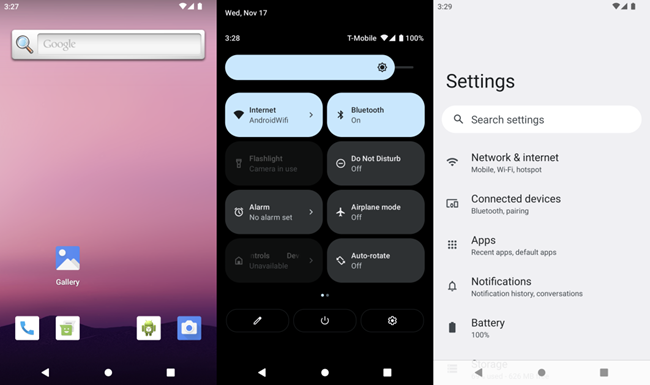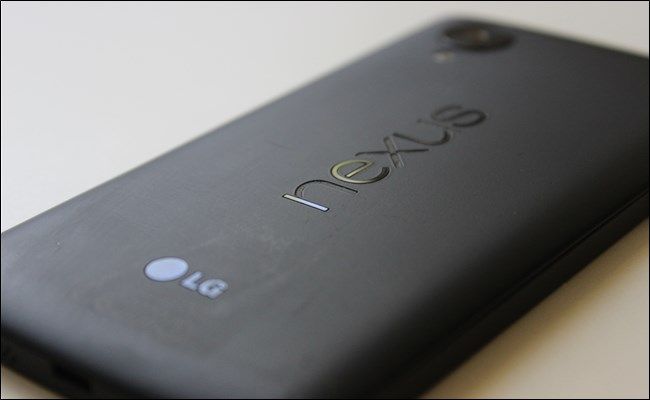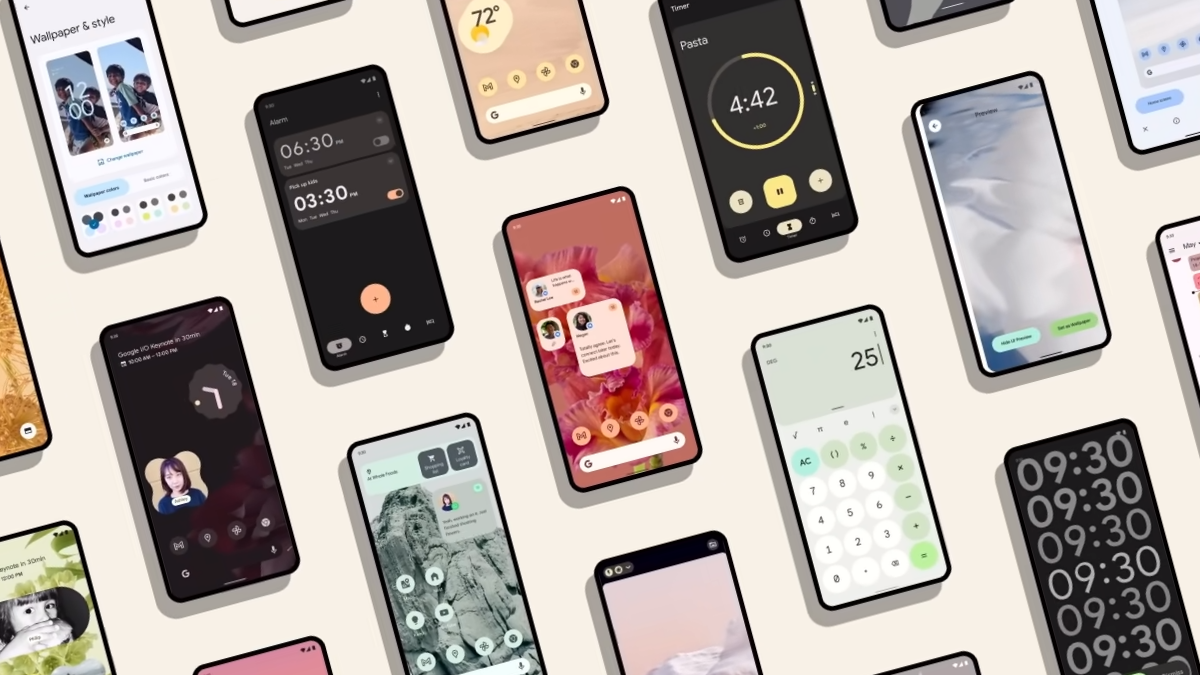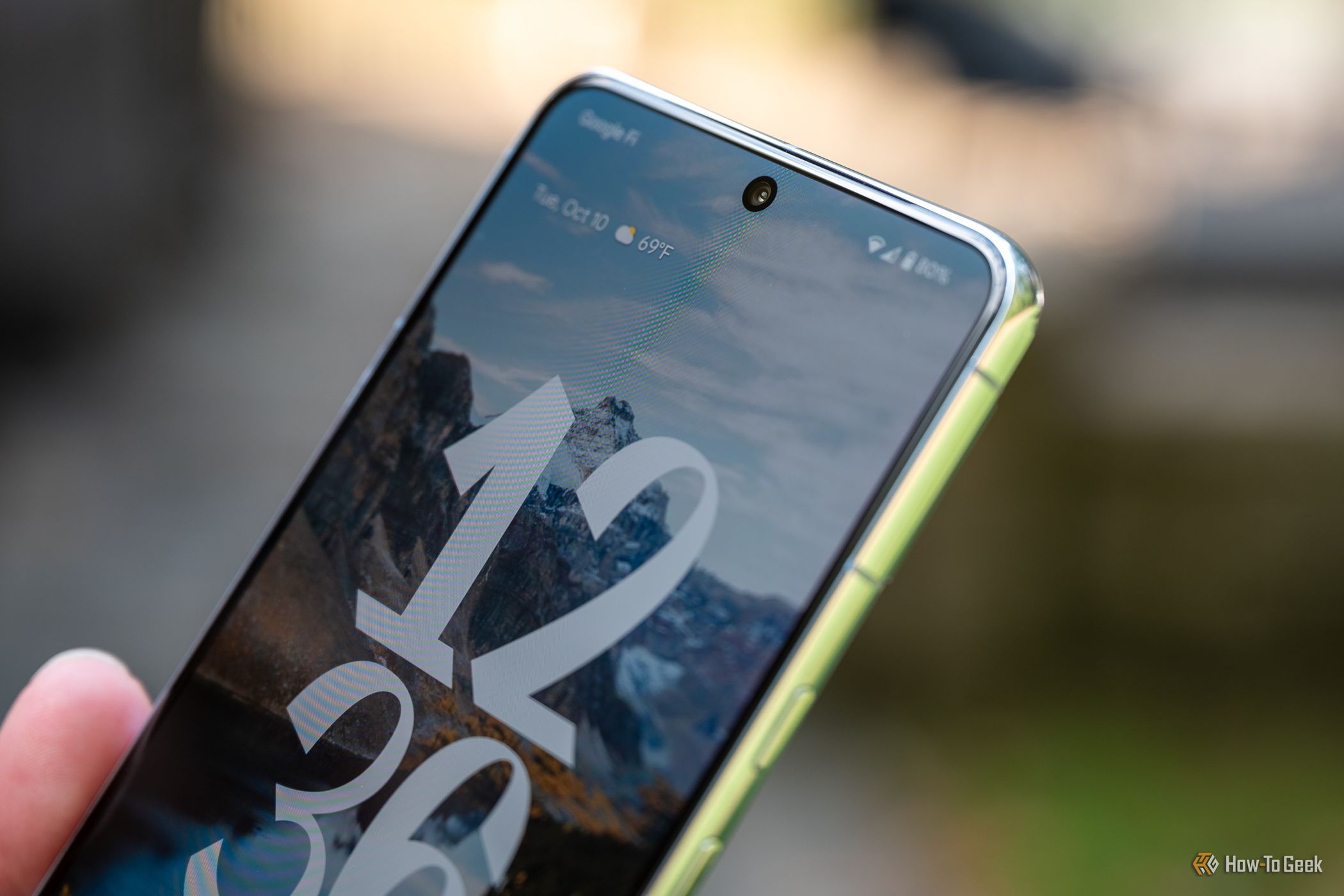Is Stock Android Pre-Installed on Google Pixel Phones?

Is Stock Android Pre-Installed on Google Pixel Phones?
Key Takeaways
- Google’s Pixel devices do not run the least modified form of Android, known as “stock Android.” They feature specific hardware, Google-branded apps, and exclusive features that are not available on other devices.
- Stock Android, in its unmodified form, is open-source and called the Android Open Source Project (AOSP). It serves as a basis for manufacturers to create their own variations and Android skins.
- While Google Pixel devices showcase Google’s vision of what Android should be, other manufacturers also offer exclusive features and customization.
Google is Android’s major maintainer. Because of that, you may think that Pixel devices run the least modified form of the operating system—known as “stock Android.” Well, that’s not true.
Google announces new devices, like the Pixel 8 and Pixel 8 Pro , alongside a major Android upgrade . During these events, the company often talks about features introduced with these versions . But many of these features don’t make their way to devices from other brands. Shouldn’t they be available for every phone or tablet that receives the upgrade? That’s when the differences between “stock Android” and “Google’s Android” come in.
What Is Stock Android?

AOSP Android 12
Stock Android is an Android version without any modifications—from Google or from anyone else. However, it’s unlikely you’ll see a device with this version on store shelves.
As the owner of Android, Google is unsurprisingly the most influential Android maintainer. However, the system is, in fact, developed by a consortium of companies, the Open Handset Alliance (OHS). In its unmodified form, the system is called the Android Open Source Project (AOSP). Android manufacturers use AOSP as a basis to create their own variations, usually referred to as Android “skins.”
As the name states, AOSP is open-source. Therefore, it’s available for anyone to download from Android’s official page . You download AOSP in the form of something called a “Generic System Image” (GSI). It can be installed on any phone that supports Project Treble , somewhat like installing an Operating System (OS) on a computer .
The AOSP GSI is a bare-bones implementation, mostly for developers. But it’s the “purest” form of Android you can get—the same you’d get by downloading Android’s source code and compiling it yourself .
Which Devices Run Stock Android?

Cameron Summerson / How-To Geek
Currently, no major manufacturer sells devices featuring stock Android. Some brands, like Lenovo/Motorola and Google, limit visual changes to a minimum, but they still make under-the-hood customizations.
Until 2015, there was a line of devices designed to run stock Android. Google’s “Nexus” branded phones and tablets were made in partnership with a number of manufacturers to showcase what “stock Android” could do.
There were also two other programs to promote “pure Android.” The first one was “Google Play Edition “ (GPE) devices. GPE phones were regular devices, like the first-gen Moto G and the Galaxy S4, but they ran AOSP. However, the GPE program only lasted from 2013 to 2015. The Android One program somewhat succeeded it, but Android One allows hardware-specific modifications, like camera apps.
Officially, Android One is still alive. However, a single model was launched in 2023: the Japan-only Kyocera Android One S10 . Though there were high-end devices, Android One was focused on mid and entry-level devices.
Nowadays, low-tier phones usually ship with Android (Go Edition) , a version with fewer features and lower requirements. Differently from the Nexus and GPE lines, Android (Go Edition) allows devices with manufacturer customizations, like Samsung’s One UI Core. Therefore, it’s not a “stock Android” initiative per se.
Google’s Android Is Not Stock Android

That brings us to the point: how are “stock Android” and the system used in Pixel devices different? The simple answer is Pixel devices are all-in on Google’s services.
As explained, “pure Android” (AOSP) features absolutely no modifications. It’s so bare-bones that basic functions, like Bluetooth connectivity, may not work. Manufacturers take this “unpolished stone” and add the stuff needed to make things in a specific device work. That’s the software needed to enable cameras, mobile connection, fast charging, and so on.
Then, the manufacturer adds its customizations: icons, settings menus, in-house apps (and bloatware ). Some interfaces, like the (now-defunct) MIUI, are so heavily modified that parts of them don’t even remotely resemble “stock Android” anymore. One UI is a more common example of a highly customized Android skin.
Google does the same thing with Pixel devices. Pixel devices feature specific hardware, like the Tensor processors from the more recent models, which require modifications in AOSP to work correctly. And, just like a Galaxy device ships with the Samsung Internet browser , or one from Realme features the manufacturer’s Photos app, Google’s phones and tablets also have Google-branded apps.
Some of them, like Chrome or Maps, are available to anyone. Others, like the Pixel Camera, are exclusive to Pixel devices. It goes much further than apps, too. Features like Smart Selection, Live Translate, Call Screen, and Hold For Me are exclusive to Google’s Pixels.
Nexus and GPE devices were essentially meant as “reference platforms” for enthusiasts and developers . They were popular during a time when many of the third-party Android interfaces were sluggish and heavily fragmented. Some, like HTC’s Sense , were notably important for the system’s history, but they did come at the cost of speed.

Justin Duino / How-To Geek
Pixel phones and tablets, on the other hand, are Google’s vision of what it thinks Android is meant to be. They’re made for the general public, not just developers and enthusiasts . One might define the Pixels as “Google’s iPhones.” The comparison is not totally untrue. Even Google admits this by placing the devices as direct competitors .
And that shows in many aspects: like Apple’s devices, Pixels rely heavily on hardware and software customizations. New Android versions arrive first for Pixel devices , too—just like Apple’s OS updates are released simultaneously to all compatible devices.
But, since Android as a whole remains open to any manufacturer, is that necessarily something bad? Other Android manufacturers also offer exclusive features. To name a few:
- Samsung’s One UI has lots of them , like the Second Screen (use a Galaxy Tab as a wireless display for a Galaxy laptop).
- Xiaomi devices have an interface so distinct from Android that new MIUI versions aren’t even dependent on Android updates.
- Motorola’s phones are famous for their Moto Actions : gestures to enable/disable the flashlight (chopping) and opening the camera (twisting).
Therefore, it’s not surprising that Google wants some of that, too. The “stock Android” fussiness was always something mostly limited to tech-savvy enthusiasts. If this audience wants to keep using the barebones form of the system, they can always install an AOSP GSI—or try custom ROMs .
Also read:
- [New] 20 YouTube Time Savers That Will Skyrocket Engagement Rates for 2024
- [New] 2024 Approved Mastering Photo Aesthetics The Essence of LUTs
- [New] Low-Cost PC - Unlock with Ideal OBS Settings for 2024
- [New] Seamless TV Integration Looping Videos From YouTube on Large Screens
- [Updated] 2024 Approved Discreetly Watch Insta's Hidden Gems, Here
- [Updated] In 2024, How to Embed A YouTube Playlist On a Website
- How To Unlock Any Huawei P60 Phone Password Using Emergency Call
- In 2024, Ultimate Video Guide to Hairstyles
- Make a Splash with Instagram Reels Using Tried-and-True TikTok Hacks for 2024
- Must-Watch TV Series and Films on Hulu, Disney+, and More This March: Our Expert Guide by ZDNet
- Navigate the Future of Television with Our Pros' Guide to Premium 32-Inch Screens | ZDNET Insights
- Sony Bravia: The Most Affordable Top-Quality Television in Regular Sales – Recommended by ZDNet
- Step-by-Step Techniques on How to Thoroughly Cleanse LCD/LED Displays for Optimal Viewing Experience
- Title: Is Stock Android Pre-Installed on Google Pixel Phones?
- Author: Richard
- Created at : 2024-12-15 02:02:58
- Updated at : 2024-12-22 06:57:54
- Link: https://hardware-updates.techidaily.com/is-stock-android-pre-installed-on-google-pixel-phones/
- License: This work is licensed under CC BY-NC-SA 4.0.